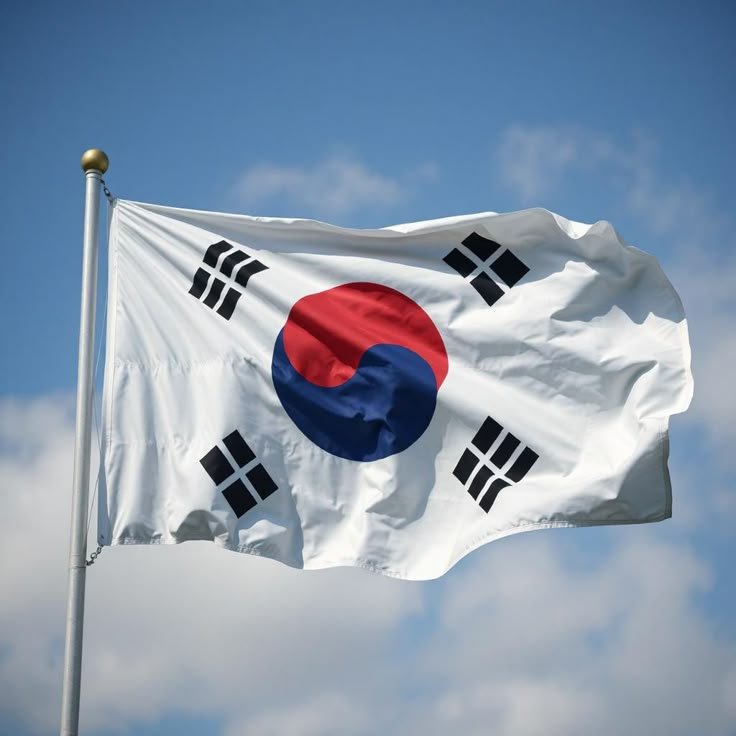South Africa government has stepped forward to shield its crucial automotive sector from global economic headwinds. The nation now plans to expand its automotive incentive program, aiming to protect its industry from the blow of recent U.S. import tariffs. This strategic move highlights South Africa’s commitment to sustaining its automotive exports while adapting to the rising tide of protectionism.
Context: The Shockwave from U.S. Auto Tariffs
The United States triggered concern across the global auto industry by imposing a 25% tariff on imported vehicles. President Donald Trump introduced this measure to promote domestic manufacturing and reduce reliance on foreign cars. While the policy caters to American automakers, it disrupts global supply chains, especially in countries like South Africa, which rely heavily on vehicle exports.
South Africa exports a significant portion of its vehicle production to foreign markets. The U.S., as one of its key export destinations, holds critical importance for the local auto industry. These new tariffs threaten the viability of South African exports, prompting swift action from the government.
Minister Parks Tau’s Statement
Parks Tau, Minister of Trade, Industry, and Competition, addressed the concerns during a media briefing in Pretoria. He acknowledged the potential damage these tariffs could cause to South Africa’s vehicle exports and manufacturing volume. Tau emphasized the need for “measured responses” to ensure sustainability in the auto sector without breaching fiscal constraints.
He said, “We need to protect a sector that employs tens of thousands and contributes significantly to GDP. But we must do so within the realistic boundaries of our national budget.”
The Department of Trade, Industry, and Competition (DTIC) has already started consultations with industry stakeholders. These discussions aim to revise and enhance the country’s existing incentive structures to buffer the impact of declining demand and rising export costs.
South Africa’s Automotive Industry: A Pillar of Economic Growth
South Africa’s automotive industry plays a central role in its economy. The country houses major manufacturers such as BMW, Mercedes-Benz, Ford, Toyota, and Volkswagen. These companies operate large-scale plants and employ thousands across the value chain — from manufacturing and logistics to sales and aftermarket services.
In 2024, the automotive sector accounted for nearly 5% of South Africa’s GDP and over 14% of its manufacturing output. It also contributed to roughly 20% of the country’s exports. The industry created over 110,000 direct jobs and supported many more through indirect employment.
However, this sector does not operate in isolation. Its health depends on trade access and favorable export policies. Any shift in global tariffs or trade agreements directly affects the industry’s performance and employment levels.
Proposed Incentive Enhancements
The South African government already runs an incentive scheme under the Automotive Production and Development Programme (APDP). This policy framework aims to attract investments and stimulate local vehicle production. With the new tariff complications, the government now plans to tweak APDP to offer stronger support for export-oriented manufacturers.
Officials propose three key changes:
-
Increased Localisation Support: The DTIC wants to provide greater financial assistance to manufacturers that source parts and raw materials locally. This measure will reduce import dependence and enhance competitiveness in export markets.
-
Export Rebate Expansion: The government plans to offer higher rebates for vehicles exported to countries with steep tariffs. This step could help offset additional costs and keep South African-made vehicles price-competitive in global markets.
-
Innovation and Green Tech Grants: Authorities want to fund innovation, especially in electric vehicles (EVs) and green manufacturing. With EV demand rising globally, South Africa aims to position itself as a future-ready exporter in clean technology.
Stakeholder Response
Automakers operating in South Africa have welcomed the government’s prompt response. BMW South Africa’s Managing Director, Peter van Binsbergen, appreciated the open dialogue between the industry and government. He stressed the need for “stability and predictability” in industrial policy to maintain long-term investment confidence.
Similarly, Toyota South Africa’s Senior Vice President of Corporate Affairs, Andrew Kirby, urged the government to expedite its incentive updates. He pointed out that manufacturing plans for 2025 already factor in export forecasts, and sudden trade shocks like tariffs disrupt those calculations.
Trade unions also weighed in on the discussion. The National Union of Metalworkers of South Africa (NUMSA) called for job protection and stronger worker support mechanisms. The union warned that declining exports could result in retrenchments unless the government acts quickly.
Broader Implications for Global Supply Chains
The ripple effect of U.S. auto tariffs reaches far beyond South Africa. Several emerging markets that serve as vehicle production hubs now face similar risks. Countries like Mexico, Thailand, Turkey, and India also depend on vehicle exports to the U.S. The sudden imposition of tariffs adds a layer of uncertainty to global trade routes and forces many to reconsider their strategic manufacturing choices.
South Africa’s decision to reinforce its domestic industry through targeted incentives sends a strong message. The country will not remain passive in the face of global protectionism. Instead, it will recalibrate its policies, protect jobs, and position its industry for long-term growth.
Future Path: Building Resilience
The current situation underscores the need for resilience in industrial planning. South Africa now recognizes the importance of diversifying export destinations and promoting intra-African trade. The African Continental Free Trade Area (AfCFTA) presents new opportunities for regional growth. By focusing on Africa’s emerging markets, South Africa can reduce dependence on traditional Western buyers.
Additionally, the country must fast-track its shift toward electric mobility. As global demand for EVs and sustainable mobility rises, early movers will gain a competitive edge. If South Africa invests in EV production capabilities now, it can emerge as a leader in the green automotive supply chain.
Minister Tau also hinted at long-term trade diplomacy. He stated that the government will engage with the U.S. through diplomatic channels to negotiate tariff exemptions or favorable trade terms for South African vehicles. These talks, however, may take time and depend heavily on U.S. domestic politics.
Conclusion
South Africa stands at a critical juncture. The country faces external pressure from global trade policies while trying to preserve one of its most vital industries. By expanding and adjusting its automotive incentive framework, the government sends a clear signal: it will protect the jobs, investments, and growth linked to its auto sector.
While U.S. tariffs pose a real threat, South Africa’s proactive strategy could transform this challenge into an opportunity. Through smart policy, regional trade development, and green innovation, the nation can strengthen its automotive sector and shape a more resilient, competitive future.






